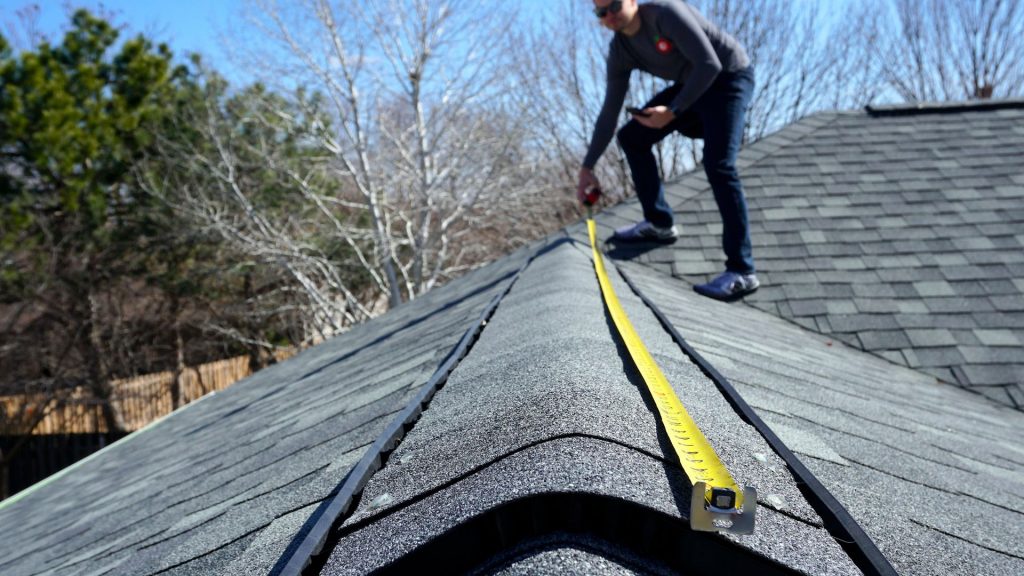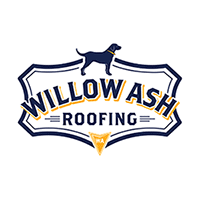Maintaining the safety and integrity of your home begins with the roof. Regular inspections are crucial for catching issues early and addressing them before they lead to significant damage. This blog post aims to empower homeowners with a comprehensive DIY Roof Inspection Checklist, detailing what to look for, the tools needed, and safety precautions to take. While DIY inspections can help you maintain your roof and catch minor issues, it’s also important to know when to call in the professionals, such as Willow Ash Roofing, to ensure your home remains a safe haven for you and your family.
Roof inspections might seem daunting, but with the right approach and tools, they can be an integral part of your home maintenance routine. From external to internal inspections, this checklist will guide you through identifying common roofing issues, documenting your findings, and understanding the limits of DIY fixes. Let’s dive into how you can conduct a thorough roof inspection yourself and when it’s time to call in the experts.
Pre-Inspection Preparations

Safety should always be your priority when preparing for a DIY roof inspection. Essential safety gear includes a sturdy ladder, non-slip shoes, gloves, and safety glasses. Ensure your ladder is stable and lean it against a solid surface, not the gutters, to prevent damage. If you’re uncomfortable with heights or your roof is particularly steep, consider using binoculars to inspect from the ground.
Besides safety gear, gather tools such as a flashlight for attic inspections, binoculars for a closer look from the ground, a notepad for jotting down issues, and a camera or smartphone for taking pictures. These tools will help you perform a thorough inspection and document any problems you might find, making it easier to discuss them with a professional if needed.
External Roof Inspection
The external inspection focuses on the roof’s surface and its components. Begin with the shingles or tiles, checking for any that are missing, cracked, or showing signs of wear like curling edges or loss of granules. These issues can indicate your roof’s age or exposure to severe weather and might require professional attention for repair or replacement.
Next, examine the flashing around chimneys, vents, and roof edges. Flashing is crucial for preventing water from entering your home, so look for any signs of rusting, cracks, or separation. Also, inspect gutters and downspouts for blockages or damage, ensuring they are securely attached and free of debris to prevent water buildup. Lastly, check the soffit and fascia for any signs of rot, damage, or pest infestation, as these areas are crucial for roof ventilation and overall structural integrity.
Internal Roof Inspection
Moving inside, the attic is a key area for identifying potential roof issues. Look for signs of leaks, such as water stains on the underside of the roof or on insulation. Daylight peeking through the roof boards is a clear indication of missing or damaged shingles. Also, assess the state of your attic’s ventilation; poor ventilation can lead to heat and moisture buildup, which compromises roof integrity over time.
Insulation should be dry and in good condition; wet insulation can be a sign of leaks. Additionally, keep an eye out for mold and mildew, which thrive in damp conditions and can indicate moisture problems. Addressing these issues promptly can prevent structural damage and improve the overall air quality in your home.
Identifying Problem Areas
Leaks and water damage are among the most critical issues to spot. Water stains, mold growth on exterior walls, or a musty smell in the attic can all indicate leaks. Early detection is key to preventing extensive interior damage. Wear and tear on a roof can manifest as granule loss on asphalt shingles, splitting wood shingles, or cracked tiles, often signaling that the roof is nearing the end of its lifespan.
Structural concerns, such as a sagging roof deck, are serious issues that require immediate professional attention. These can result from long-term water damage or inadequate support structures. Recognizing these signs during your inspection can help you address them before they pose a risk to your home’s safety.
Post-Inspection Steps
After completing your inspection, documenting your findings is crucial. Take detailed notes and photographs of any issues, as this will be invaluable for any necessary insurance claims or for discussions with roofing professionals. This documentation can also serve as a reference for monitoring potential issues over time to see if they worsen.
For minor issues, such as a few missing shingles or minor gutter repairs, you might consider immediate DIY fixes. However, it’s important to know your limits. Complex problems like structural damage or widespread leaks should be handled by professionals. Attempting to fix these issues yourself can lead to further damage or personal injury.
Maintaining Your Roof
Routine maintenance is essential for prolonging the life of your roof. This includes keeping gutters clean, trimming trees near your home to prevent branch fall damage, and regularly checking for signs of wear or damage. Seasonal maintenance is also crucial, especially in preparing for winter weather or cleaning up after a storm, to ensure your roof remains in good condition.
Additionally, consider scheduling a professional inspection every few years or after severe weather events. Professionals can spot issues that might be missed during a DIY inspection and can provide advice on maintenance, repairs, or replacement. Regular maintenance, coupled with professional inspections, can significantly extend the life of your roof.
DIY roof inspections are a valuable part of home maintenance, helping you catch and address issues early. However, recognizing when to call in professionals like Willow Ash Roofing is just as important for ensuring your roof’s longevity and your home’s safety. Regular inspections, whether DIY or professional, can save you time, money, and stress in the long run.
For homeowners interested in learning more about roof maintenance and repair, numerous resources are available, including books, online tutorials, and websites dedicated to home improvement. Additionally, for expert inspections, repairs, or replacements, consider reaching out to Willow Ash Roofing. Our team of professionals is equipped to handle all your roofing needs, ensuring your home remains protected against the elements. By incorporating regular DIY inspections and professional check-ups into your home maintenance routine, you can ensure your roof stays in top condition, safeguarding your home for years to come.
